 When, in their classic 1996 New England Journal of Medicine article, Robert Wachter, MD, and Lee Goldman, MD, announced the emergence of the hospitalist concept, they defined it in terms of doctors working inside an acute care hospital.1 At a time when primary care physicians were pulling back from making regular hospital visits, hospitalists spending their entire work day in the hospital were an alternative proposed to make the whole healthcare system work better.
When, in their classic 1996 New England Journal of Medicine article, Robert Wachter, MD, and Lee Goldman, MD, announced the emergence of the hospitalist concept, they defined it in terms of doctors working inside an acute care hospital.1 At a time when primary care physicians were pulling back from making regular hospital visits, hospitalists spending their entire work day in the hospital were an alternative proposed to make the whole healthcare system work better.
In 29 years, this medical specialty has grown dramatically to approximately 60,000 physicians, according to estimates from SHM, plus physician assistants and nurse practitioners. They focus not just on the patient in front of them but also on how to improve quality and efficiency and promote patient safety for the hospital and health system as a whole.
But today their work setting is no longer confined to the hospital’s four walls. One might say this fast-growing medical specialty has overflowed its banks in a variety of other directions. These can include rehabilitation hospitals and long-term care facilities, diverse outpatient clinic settings, hospice and palliative care, administrative roles, virtual and telehealth, and even hospital-at-home teams. “Hospitalists are primed to lead the way in advancing home-based acute and transitional care,” including hospital at home, observes a 2024 article in the Journal of Hospital Medicine.2
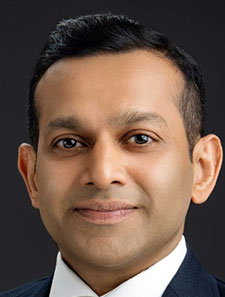
Dr. Poonacha
For Thejaswi Poonacha, MD, MBA, FACP, SFHM, a staff hospitalist at M Health Fairview, clinical associate professor of medicine, and medical director for utilization management and clinical documentation integrity at the University of Minnesota Medical Center, all in Minneapolis, the evolution of hospital medicine reflects its origins in many hospitalists’ internal medicine training. “That training meant they would have the capacity to work both inside and outside the hospital, including in clinics and nursing homes,” all with the same medical board certification, he said.
“My own role encompasses five different things,” Dr. Poonacha said. “I am a hospitalist, so I do clinical work in the hospital. At times, I oversee the skilled-nursing facility on our hospital’s campus, so there’s a nursing-home role, too. I am the medical director of utilization management for the University of Minnesota Medical Center, and I also oversee part of our DRG denials. And I am on the faculty at the University of Minnesota, so I have a teaching role as well.”
“I’m constantly on the alert; I never know what’s going to come next. But I enjoy the job because it gives a broad oversight of the overall workings of the hospital.”
An Unsustainable Schedule
Robert Craven, MD, FACP, CHCQM-PHYADV, ACPA-C, SFHM, a physician advisor and the vice president of case management for McLeod Health in Florence, S.C., gave up his hospital practice entirely in late 2023. “But I still very much have my roots and identity as a hospitalist because I did it full-time for almost 10 years, plus an additional three where I was also dabbling in other things,” he said. “I loved being a hospitalist, and I love SHM.”
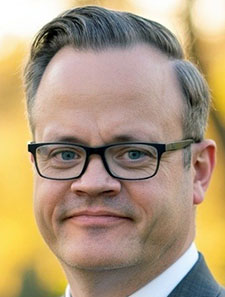
Dr. Craven
Dr. Craven said a lot of hospitalists he knows are thinking maybe the physical demands of hospitalist work aren’t sustainable for a 30-year career. But what else is out there for them? “A lot of physicians will come and talk to me about the things I’ve tried, what has worked or not worked, and how they can take that first step into another career path,” Dr. Craven said.
“I would just say the seven-days-on/seven-days-off scheduling model, which is very common in the hospitalist field, gives you a lot of flexibility on that week off to pursue other kinds of things. And that’s what I did for several years until I found a niche for myself.”
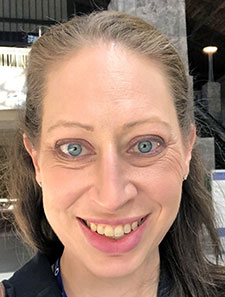
Dr. O’Glasser
For Avital O’Glasser, MD, FACP, DFPM, SFHM, professor of medicine in the division of hospital medicine and department of anesthesiology and perioperative medicine at Oregon Health Sciences University (OHSU) in Portland, these trends of working in diverse settings grew out of how the field of hospital medicine has grown and evolved, as well as the shifting landscape of healthcare. Positions outside the hospital are built on recognition that hospitalists have the skills to take on these different roles, said Dr. O’Glasser, who is also the medical director of the Pre-Operative Medicine Clinic.
“SHM has done a phenomenal job, helping us recognize the abundance of other opportunities for the expertise of hospital medicine, whether quality improvement or medical education, or point-of-care ultrasound, and not pigeonhole ourselves into just one geography. There are just so many ways that hospitalists may be contributing to the care of patients within the hospital and beyond,” Dr. O’Glasser said.
“I’ve been calling myself an outpatient hospitalist for probably five or six years, and doing outpatient work only for almost as long,” she said. The dedicated pre-op clinic at OHSU has been in operation for 17 years, in its current iteration since 2008, and she’s been with the clinic in some capacity since completing residency.
The clinic is where patients go to meet with a clinician before their surgery, to get questions answered and to talk about preparing for the operation—what’s going to happen and why that’s important, she explained. “We do not use the ‘C word’ (clearance for surgery). But pre-op medicine at its best is the opportunity to pause and conduct a thorough, patient-centered risk assessment, risk evaluation, and history, to confirm that they are medically appropriate for the planned surgery, and to make sure the interdisciplinary care teams have all the information they need to care for this patient,” she explained. “We lean into the concept of optimization.”
When Dr. O’Glasser became medical director of the clinic in early 2019, she found that it was time to shift all her clinical time to the outpatient setting and protect her bandwidth to focus on the clinic’s needs. Trying to direct the clinic during two-week inpatient teaching service shifts was not sustainable. The different flexibility of a completely outpatient versus inpatient schedule was also appealing to her, with two young children, she said.
Dr. O’Glasser’s role is an illustration of how hospitalists are working not only in the hospital. “I’m certainly not a primary care physician, and I don’t feel like I’m the traditional model of a general internal medicine physician. I mean, I’m very general but also very niche at the same time,” she said.
“Part of the reason why I’ve embraced this role is that, especially for older, complex, sicker patients who are going to be spending some time in the hospital after their surgery, I find myself thinking about their transitions of care. What that inpatient recovery period is going to be like, with complications anticipated or unanticipated, before the patient goes back to their family,” she said.
“But I absolutely see myself as an extension of their hospital care. It’s not only patient preparedness, it’s also empowerment, and I use that term very liberally, empowering the entire care team to meet that patient where they are and take the best care of them possible. And that is literally what I tell every patient: It’s not just getting you into the operating room and out, but the whole care spectrum and recovery process.”
Differences and Similarities in LTC
Theodore Manolukas, DO, a hospitalist at the University of Cincinnati Medical Center in Cincinnati, said he spends most of his professional time working in the hospital as a traditional hospitalist, both solo and supervising residents. “But I also spend time working in SNFs and in our long-term acute care hospital (LTACH). So those are the three places where I divide my clinical time,” he said.
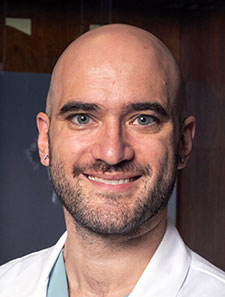
Dr. Manolukas
“When I see a patient in the hospital, usually I’m addressing one acute issue: ‘You know, you’re here for pneumonia. We’re giving you antibiotics. You can leave in two days.’ At the skilled nursing facility, it’s a different mix of what we’re doing, focusing on several chronic issues at the same time, as well as dealing with any smaller acute things that could pop up,” he said.
“When I work at the university hospital, I have access to all the consultants I could need. I have advanced imaging and things like that, which I can get very quickly, versus when I’m at the SNF or the LTACH, I have a lot less to work with. So, it’s about navigating that process of knowing when to take a step back and say, all right, this patient is sick, let’s just send them to the hospital, versus trying to manage their care onsite,” he said.
“I would say that when we’re looking at the evolution of the hospitalist concept and why it is such a popular branch of medicine, that has a lot to do with how complex inpatient care has become, both socially and financially as well as medically,” Dr. Manolukas said. “And the skills you develop as a hospitalist, dealing with social workers and multidisciplinary rounds, things like that, also lend themselves very well to other areas of medicine. We have become the specialists in managing complex social situations.”
When Dr. Manolukas took the opportunity to work in the LTACH as a young attending, it was a way to make some extra money. “But when I actually started doing it, I found it enjoyable, something I’d like to continue as part of my practice,” he said.
“I’ve learned quite a bit, and I’ve been able to take some of that with me back to my main job in the hospital, primarily a better understanding of what it means to discharge a patient to an SNF—what these facilities can realistically do and the things they struggle with. I discharge a lot of my hospitalized patients to SNFs, and I think that’s becoming increasingly common as our hospitalized population becomes older and sicker.” Sometimes he sees the same patient in both sites.
A Pediatric Program
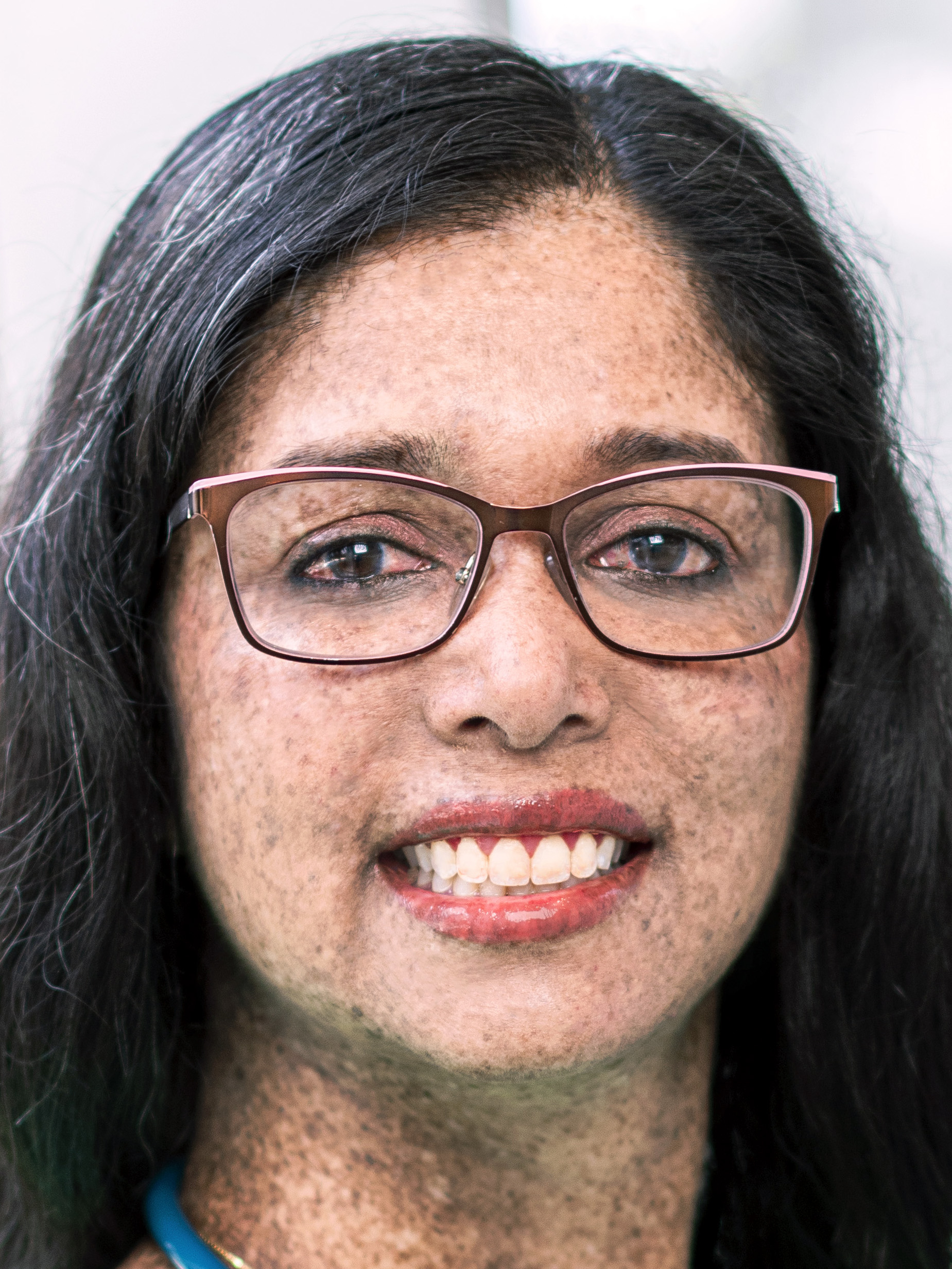
Dr. Kumar
When people ask Anika Kumar, MD, FAAP, FHM, a pediatric hospitalist at the Cleveland Clinic in Cleveland, what she does professionally, she replies that she is a pediatrician who works primarily but not exclusively inside the hospital with seriously ill pediatric patients. “I work at a tertiary-quaternary medical center, and some of my time is also at a regional hospital where I provide care to newborns. Some is at an acute pediatric rehabilitation hospital.”
Pediatric hospital medicine programs vary, she said. Some may include outpatient services and address outpatient needs. “From a practice standpoint and guideline standpoint, practice is pretty uniform in that we try our best to develop and follow evidence-based guidelines. But the ‘ask’ of the hospitalist varies from hospital to hospital.”
At the rehab hospital, the physiatrist consults on patients, and the hospitalist serves as the attending of record, Dr. Kumar said, “providing care to ensure that we are appropriately addressing the medical side of the patient’s needs. We do our best to have robust care coordination.”
Facility staff may not be trained, for example, in weaning patients off ventilator support. “This is something I’m comfortable doing. We’re also taking care of sicker patients there. You know, patients who come in with something like Guillain-Barré syndrome, a demyelinating disease, or acute disseminated encephalomyelitis. For many of the patients I take care of in rehab, I speak to their primary care physician about what they’ve been through.”
Administrative Advance
Dr. Poonacha said another important role that might lure hospitalists off the floors is administrative in nature. “You see, hospitalists have their fingers everywhere within the hospital, every department. They are typically the primary admitting service. Not only do they know their own medical responsibilities, but they also know the workflow, and they know the issues with various other departments. They are involved in discharge and length of stay. This enables them to be able to take administrative roles for the hospital,” he said.
“So, you see hospital medicine naturally going into the area of utilization management, into quality. They are looking at quality metrics, perhaps catheter-related infections, sepsis, and so on. And in many hospitals, because they see the input and output, throughput, and workflow, hospitalists have a consistent presence,” Dr. Poonacha said.
“As a hospitalist, I am interested in how this patient got pneumonia, why the patient was treated and sent home last month, and then came back to the hospital. What did we do wrong previously when we discharged them? Did we not organize the follow-up accurately? Or did the patient not have enough resources to be able to meet their needs at home?”
For Dr. Craven, some of his career experimentation involved consulting with law firms and attorneys in the medical malpractice world and other areas of law. “I started doing some reviews for our state medical board about eight years ago. That kind of got my feet wet in the legal world. Over time, you get good at it. You learn the ropes because the legal world is very different. The language is different; the expectations are different.” And you have to build your reputation.
“I did it all on my own. I didn’t go to any training camp or seminar or conference,” Dr. Craven said. As the work has grown, he has taken on false-claims cases, where entire healthcare systems are accused of flawed billing processes, sometimes intentionally to game the system. “My background as a hospitalist and as a physician advisor has given me a kind of expertise that your average doctor doesn’t have.”
He still does expert-witness work, but now largely in long-term care. To that end, he’s also part of a post-acute medicine group, the Physicians Services Group of South Carolina, which has about 60 clinicians who round in nursing homes and acute rehab facilities across the state.
“I’ve been working with this group for a couple of years now. It was a connection I made through hospital medicine. The group specifically seeks seasoned hospitalists to staff these facilities, with the rationale that no one knows better how to prevent these patients from getting sick and being readmitted to the hospital than a seasoned hospitalist.”
He spends several hours a week on expert witness work and legal reviews and four or five hours a week as medical director of the long-term care facility, rounding there twice a week, usually in the early morning hours before commencing his current full-time job as physician advisor. This role is somewhat variable, Dr. Craven said, “but the general premise is the physician advisor is a mediator, a go-between from the finance department, or the revenue cycle department, of a hospital system and the doctor.”
And it is a natural match for hospitalists, he said. There is now a physician advisor special interest group within SHM, which meets at the annual Converge conferences, as well as the American College of Physician Advisors professional association.
“Physician advisors are here to explain to the hospital’s finance people why the doctors are doing what they’re doing. And we’re here to explain to the doctors why the finance people want them to do something different, or why they are being queried on their documentation by a clinical documentation expert when they feel like their documentation suffices. We’re here to be that kind of go-between,” he said.
“But with it comes this whole space of utilization management and denial management, because the Centers for Medicare and Medicaid Services requires a certain level of appeal in the denial process to be done directly from physician to physician. And that responsibility largely gets placed on the physician advisor,” he said.
“Back when I was a full-time hospitalist, I was on some quality committees and other committees alongside some senior leadership of my system. I didn’t really view it this way, but in hindsight, I can see rather clearly how it was almost like a prolonged interview or audition for future jobs down the road,” Dr. Craven said.
“A lot of times, hospitalists are asked to be engaged and to participate in committee work. I would encourage them to do it, even if it’s a subject matter that they’re not that interested in. Get out there, get exposure, and learn how healthcare systems work, how the quality-improvement process works, and how healthcare finance works. All those things are special skillsets that, if a physician fully understands and masters them, are valuable in other positions down the road.”
Changing Language
“When I was in residency, hospital medicine was barely 10 years old,” Dr. O’Glasser said. “I remember the language that was used: ‘Well, I don’t want to pursue fellowship training or a medical specialty, and I don’t want to do primary care. So I’ll just be a hospitalist.’”
In reality, no one is just a hospitalist, she said. “In the last 15 years, the conversation has absolutely shifted from hospital medicine being a fallback, because you didn’t know what else you wanted to do, to being something intentionally sought out and cultivated, not just as a career pathway but as a skill set to be gained in residency. And that absolutely thrills me.”
She added that the COVID-19 pandemic helped to solidify the fact that hospitalists have this special skill set in systems-based medicine. “I feel like we were starting to get that recognition before COVID-19 struck, but then hospitalists demonstrated their skills and unique role in managing the pandemic.”
Larry Beresford is an Oakland, Calif.-based freelance medical journalist.
References
- Wachter RM, Goldman L. The emerging role of “hospitalists” in the American health care system. NEJM. 1996;335(7):514-517. doi:10.1056/NEJM199608153350713.
- Judson TJ, et al. Hospitalists outside the hospital: Preparing for new settings of care delivery. J Hosp Med. 2024;19:535-538. doi:10.1002/jhm.13323.